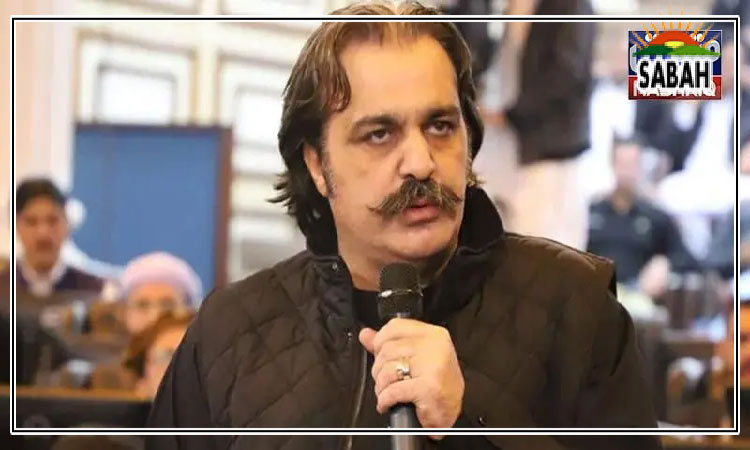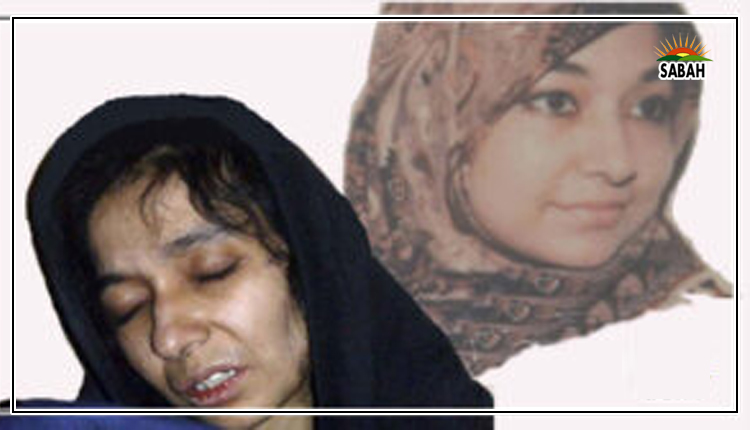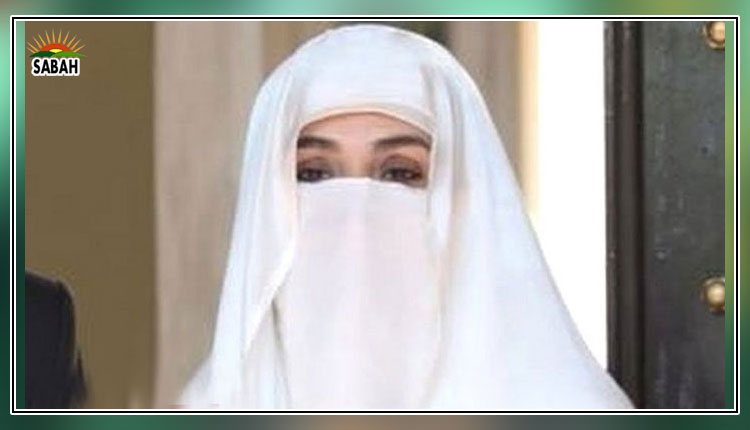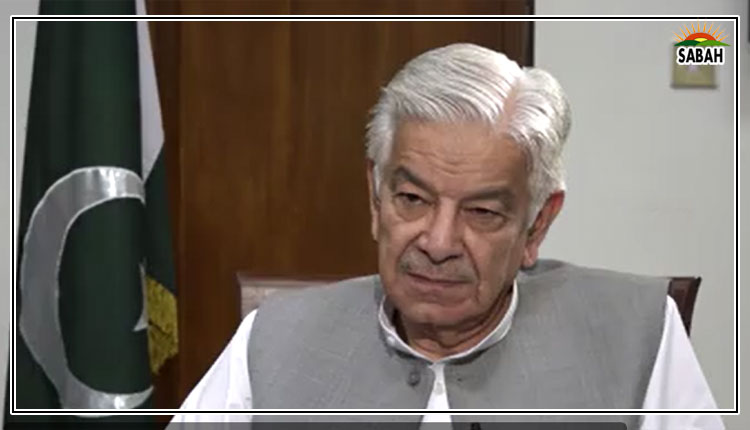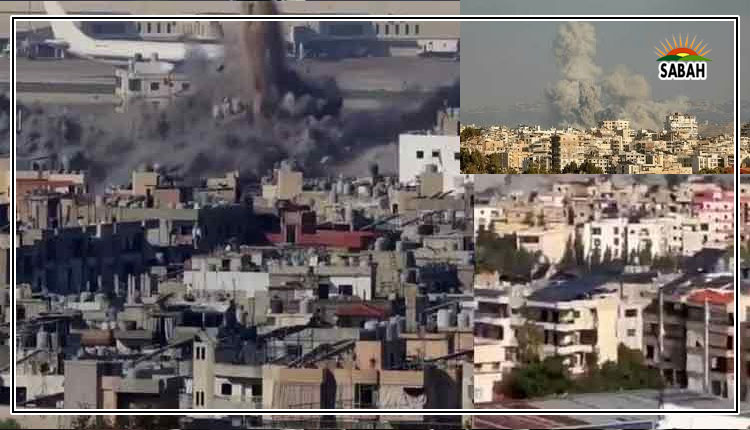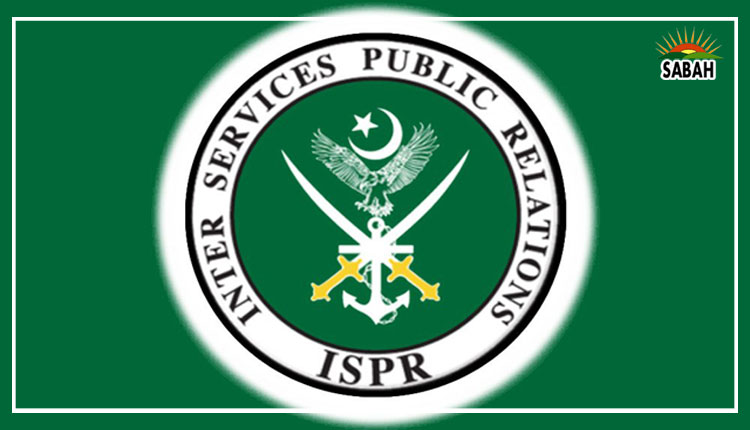Nawaz Sharif’s return …. Arifa Noor
DO stories of martyrdom and suffering still resonate? The question came to mind as the daylong transmission of the Lahore jalsa proceeded; especially as the state was seen to be playing a supporting role in ensuring a grand welcome for PML-N supremo Nawaz Sharif, who returned to Pakistan after four years. And grand and impressive it was, after weeks of preparation by the party.
After all, this is a party not known for street spectacles; the last time Nawaz Sharif returned to the country from Saudi Arabia, his party could not even manage a half-decent show, even though it came shortly after the spectacular show organised by the PPP for Benazir Bhutto’s arrival in Karachi in October 2007.
And while comparisons were made back then, they didn’t faze the party; neither did they stop it from winning back central Punjab from its evil twin, the PML-Q, which had ruled the province during the prosperous Musharraf years.
But the noughties were different, so was Pakistan including Punjab.
The PML-N knows this; which is why unlike the past it now tries to match its competitor’s street shows, song for song and flag for flag. It is noteworthy that in its heyday, the PML-N didn’t bother with jalsas at Minar-i-Pakistan.
Other than the PDM gathering here one cold December evening, this is perhaps the only other occasion where the party put together a show of this size in this park. The party’s nervousness was evident from its bizarre statements during the preparations; offers of motorbikes and warnings to keep track of people through their phones. Smaller gatherings were planned and then cancelled. But grand it was and successful.
One must ask if Sharif’s suffering still resonates in a land where inflation has ravaged every home.
Yet, one is forced to ask if the leader’s personal suffering still resonates in a land where inflation has ravaged every home and state excesses have touched many.
How would these people view a return of a former symbol of defiance, whose return was marked at every moment by signs of the support he now enjoys? So much so, it was as if his return was deliberately tarnished in the eyes of a disgruntled populace which has spent the past five years choosing the victim over the partner.
Consider that while the PML-N was able to hold a jalsa on Saturday, with nonstop coverage on all television channels, PTI workers were not able to hold a gathering on Sunday. The victim card is now firmly held by Imran Khan’s party, and mere memories of the distant and recent past won’t change that.
And in the joy of return, even parts of Nawaz Sharif’s speech sounded like a victory speech rather than one which is given at the launch of an election campaign; it was more about what he has planned to do rather than what he would do in case he was voted in. However, it is worth mentioning that the economic roadmap was not too detailed and simply listed much of what the caretaker government is already busy with.
But more importantly, from the family’s suffering to previous achievements, the bulk of the speech was ensconced firmly in the past, even though Pakistan is now grappling with 2023. The family suffering, the exiles, missed opportunities of the past, and the legacy; and then the touching scenes of the two siblings with their children locked in a close huddle.
Though the last was perhaps instinctive, it once again highlighted the family dominance of a mainstream party, a factor which now rankles not just part of the electorate but also the party rank and file, though the leadership has firmly pushed the issue to a point where it is barely mentioned.
His focus on inflation was less convincing especially where he tried to brush away the 16 months under Shehbaz Sharif as simply a result of the PTI government, which preceded it. If this was as simple as he made it sound, Maryam Nawaz’s campaign in July 2022 would have worked. But it didn’t. And yet, he focused on the prices during his prime ministership. Either he felt he had no choice or doesn’t realise how aware the ordinary people have become of the economic crisis and the structural problems that cause it.
And this is the dilemma of the party and Nawaz Sharif.
While they do want to assert their primacy in Punjab, they also keep conceding that times are changing. Consider the party’s ad campaigns where a number of mostly young and educated people are indirectly addressing or discussing PTI’s criticism of the PML-N.
Nawaz Sharif also hinted at the same threat from the PTI by referring to his own party’s ‘well-behaved’ women; opprobrium for abusive young people and derision for unnamed people who carry a tasbeeh publicly.
However, this latent acknowledgement of the challenge the PTI poses with its populism and support from the youth, comes without a path on how to win them over. The party is still only equipped to win in purana Punjab; which is why the speech continued to harp on past achievements such as low prices and development projects. But that very night it was obvious that purana Punjab no longer includes Lahore, which was missing from the Saturday show. The crowds did not really include the residents of the city, which was once known as the Larkana of PML-N.
Last but not least, his passionate speech hinted at past fires, even though he didn’t speak of defiance or ‘vote ko izzat do’. He hinted at his dismissals and what these interruptions meant for his family and Pakistan. His references to restraint and reconciliation (which for the moment seems to imply the establishment), made it obvious the choices were forced upon him.
But in those moments, he also revealed the essential contradiction within himself and his party, for at times, Nawaz Sharif comes across as a leader who aspires to the populism of Bhutto and Imran Khan but is held back by his party and family to settle for power in Punjab. Even on Saturday evening, it seemed, he was celebrating a victory while having lost a battle, personally.
The writer is a journalist.
Courtesy Dawn, October 24th, 2023


